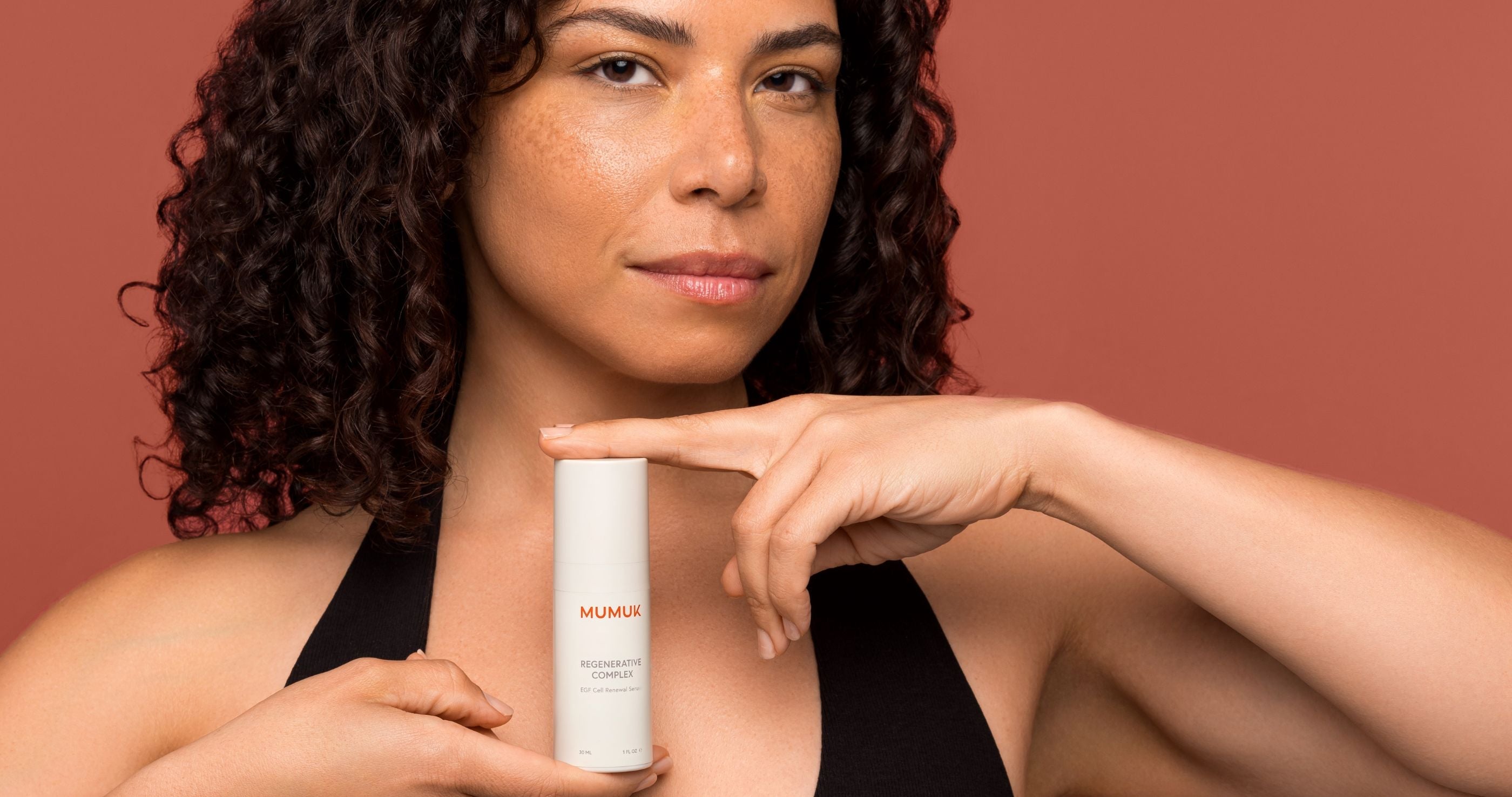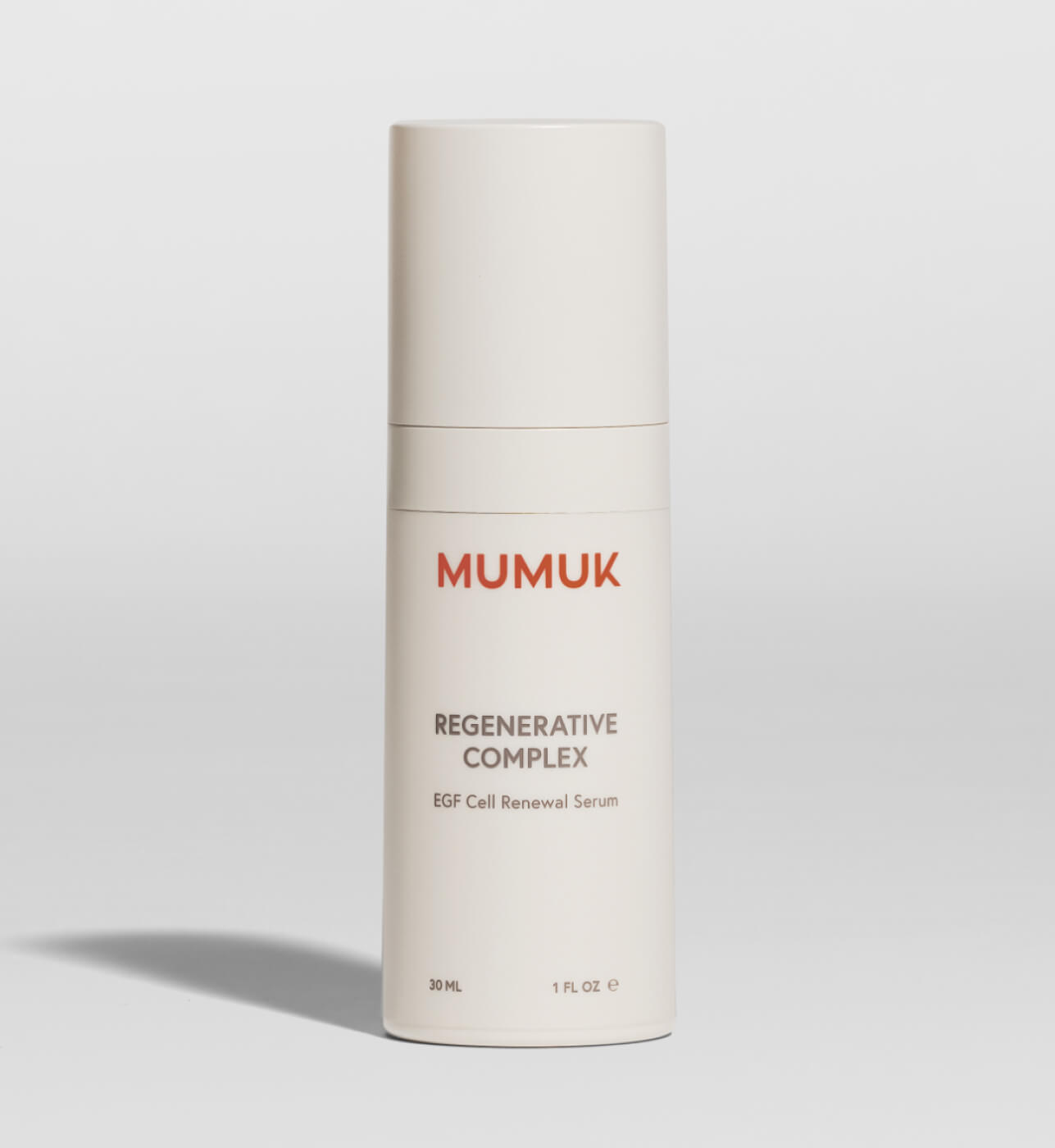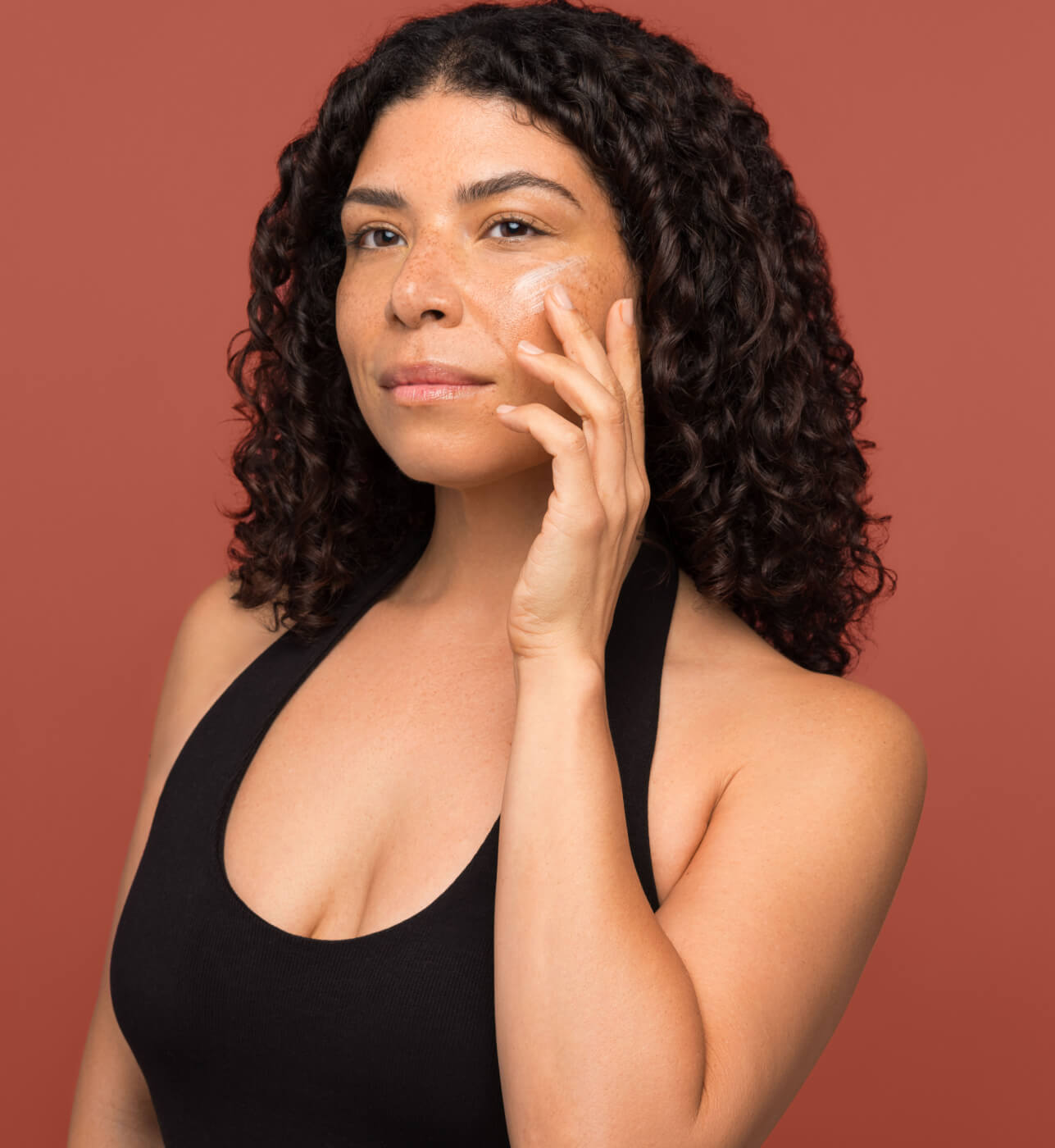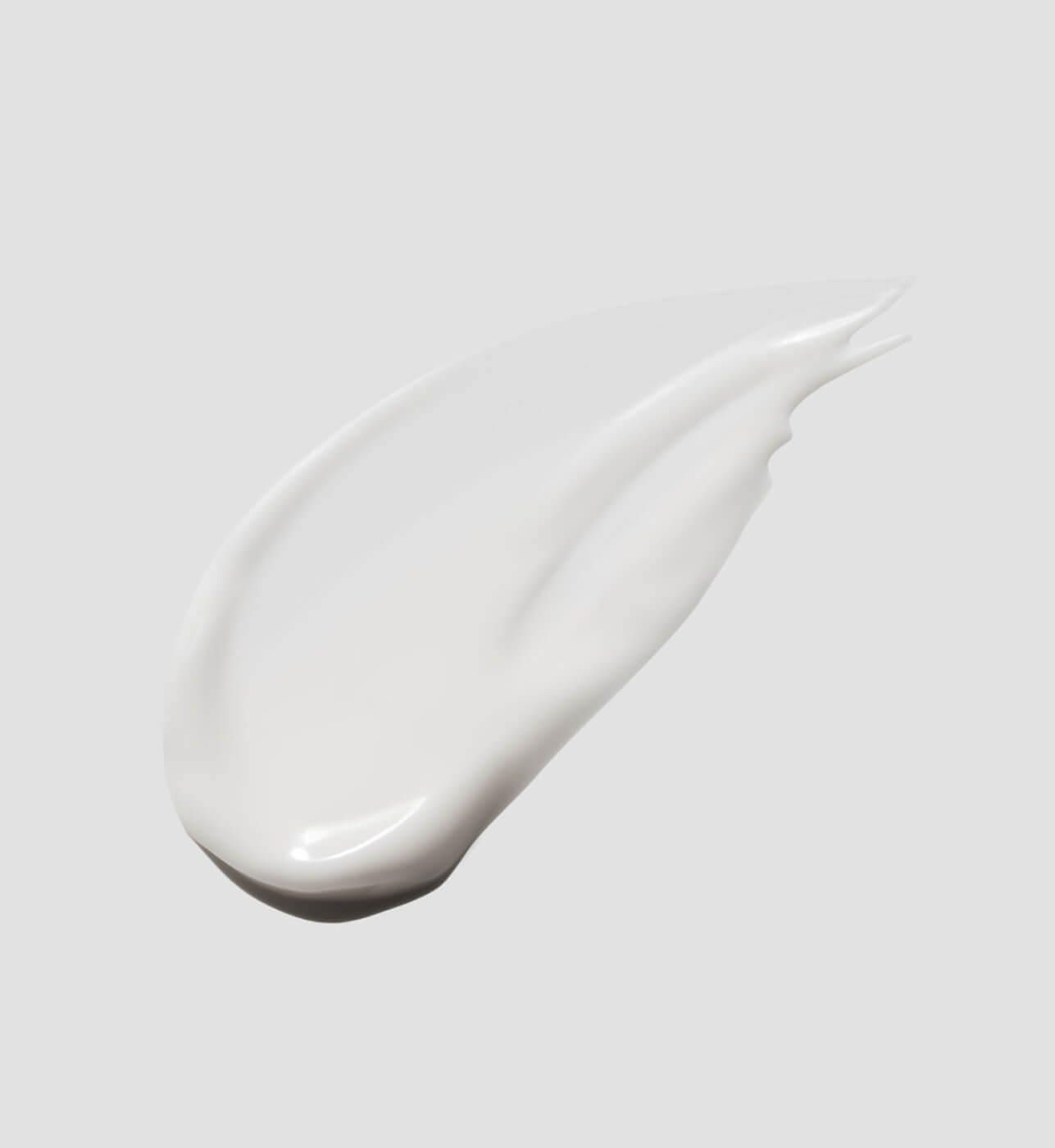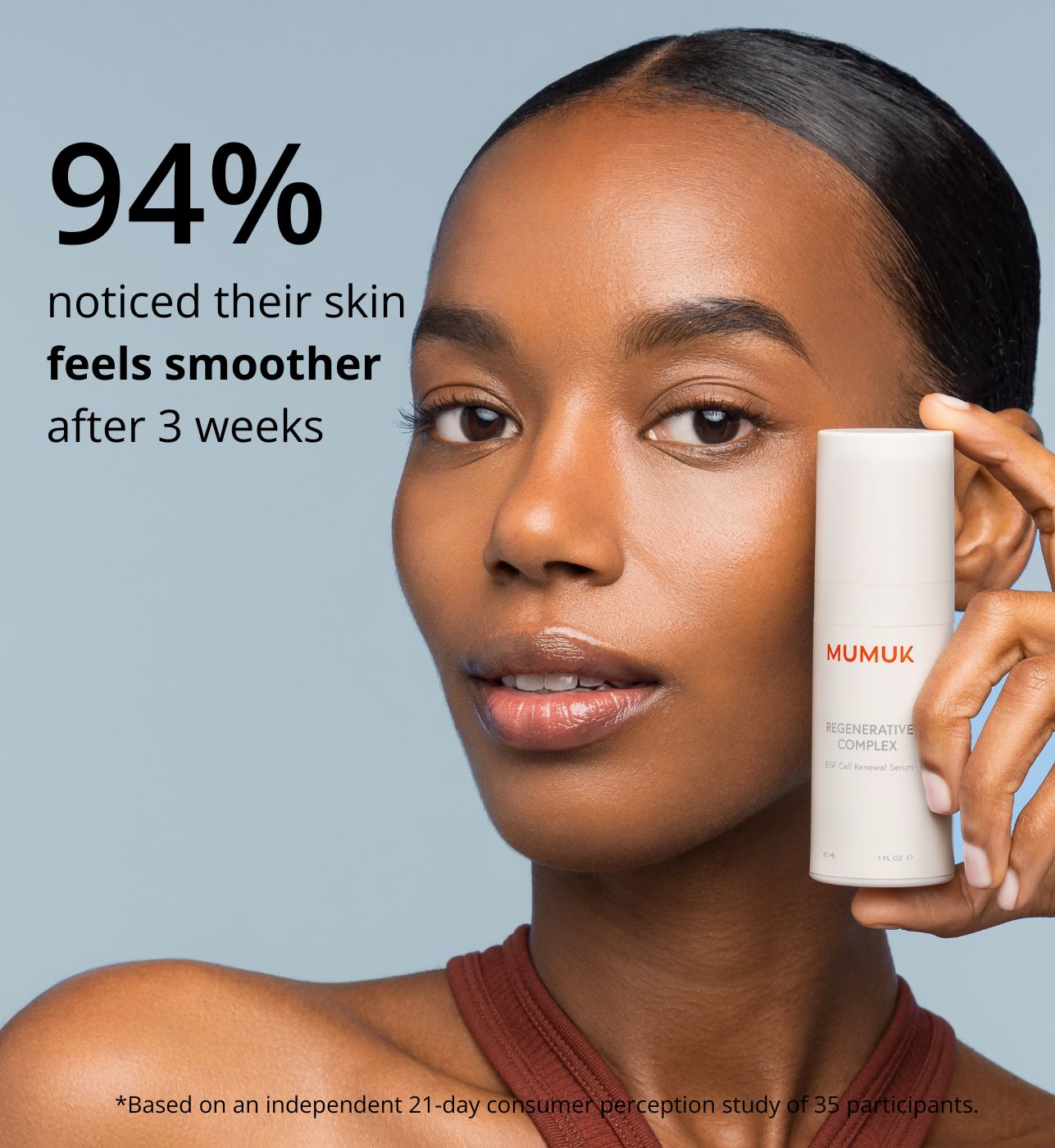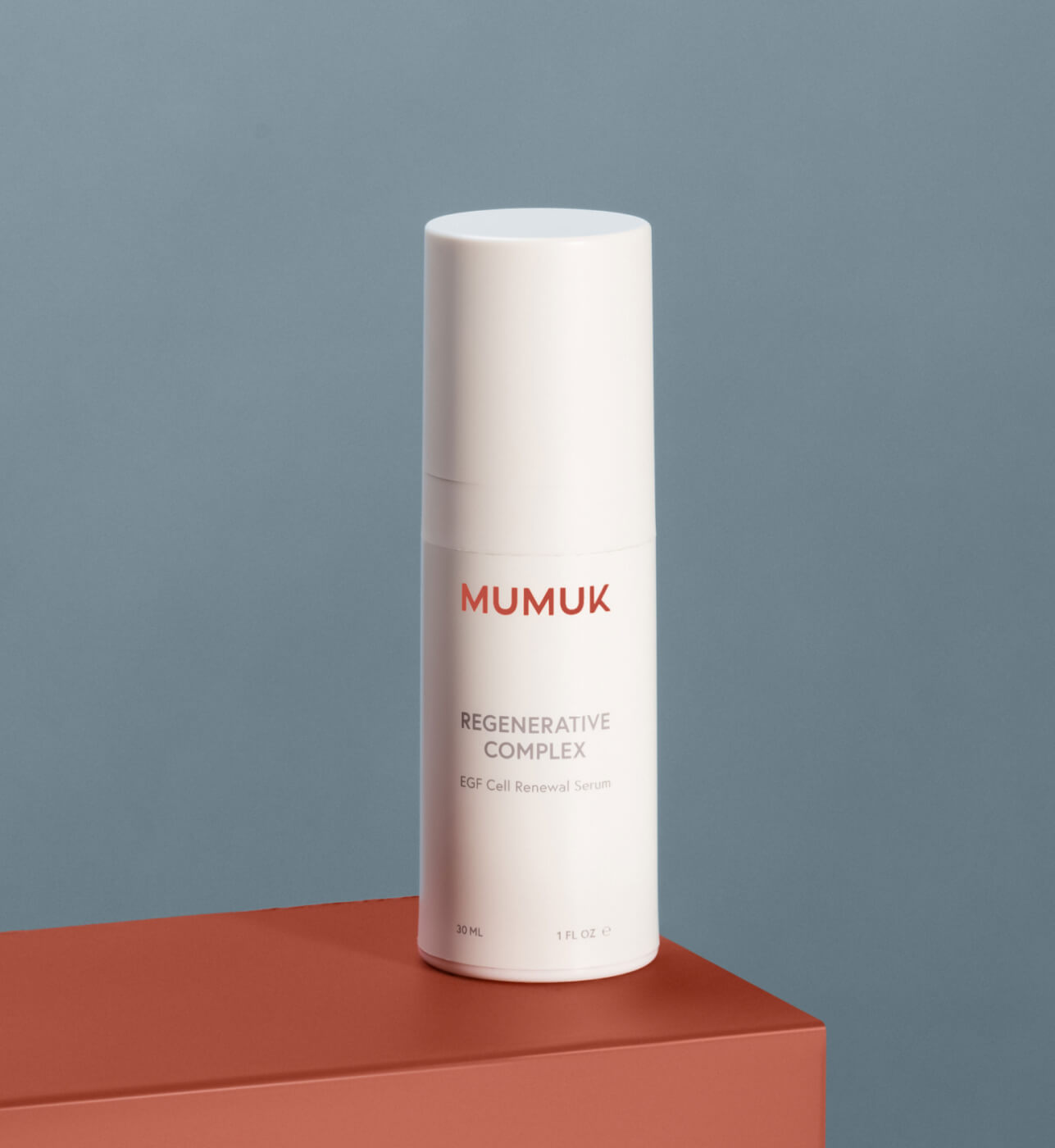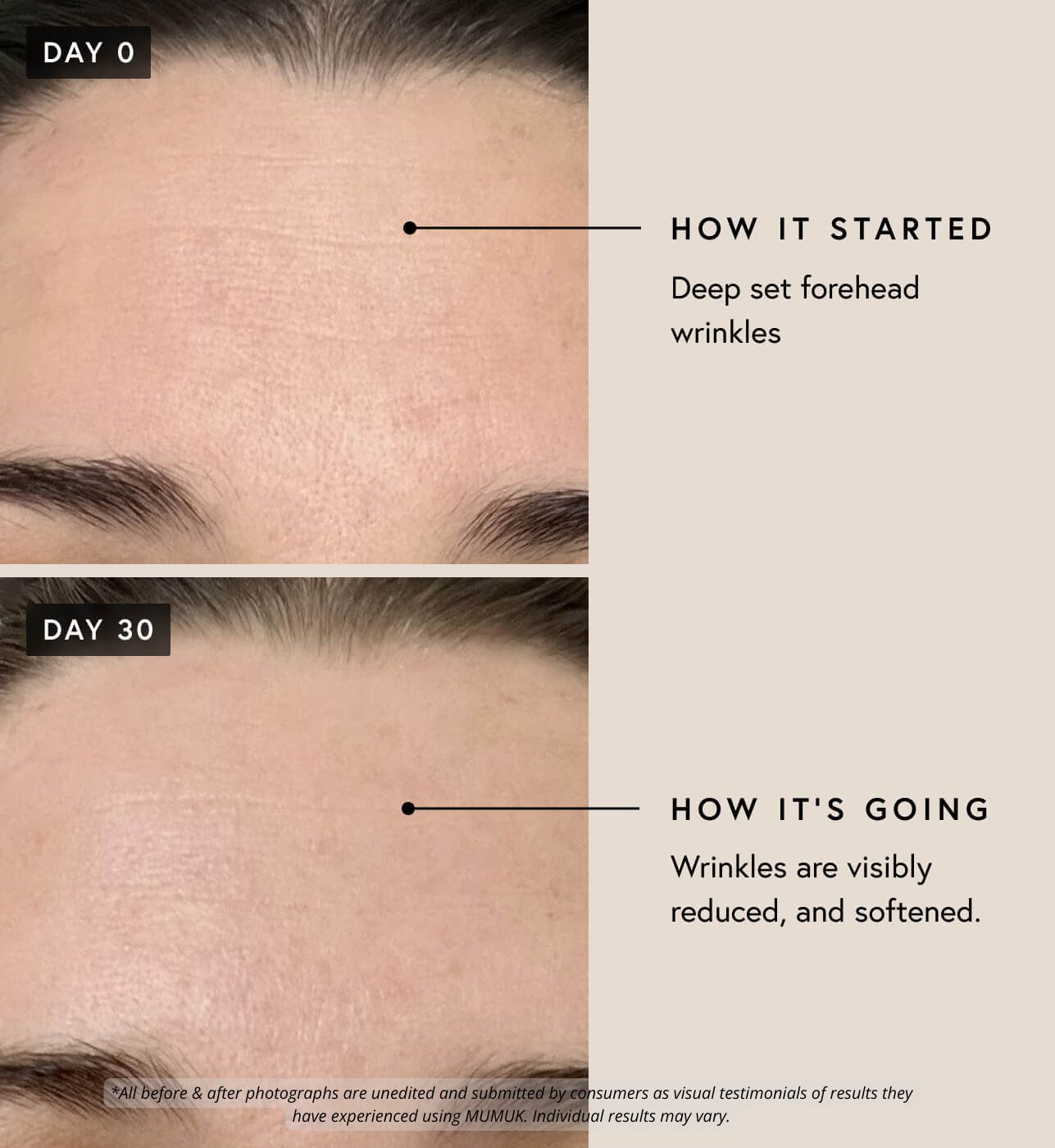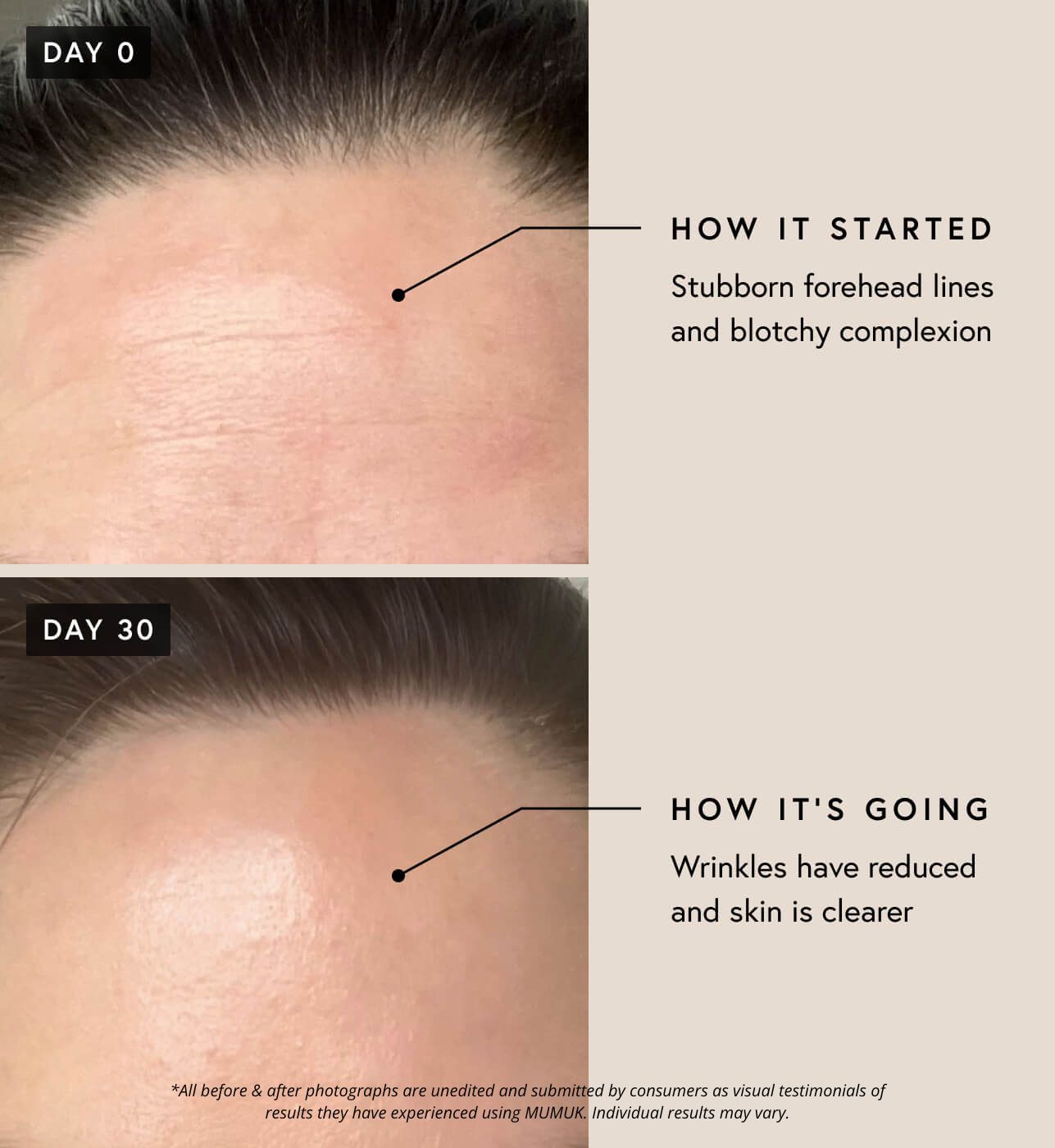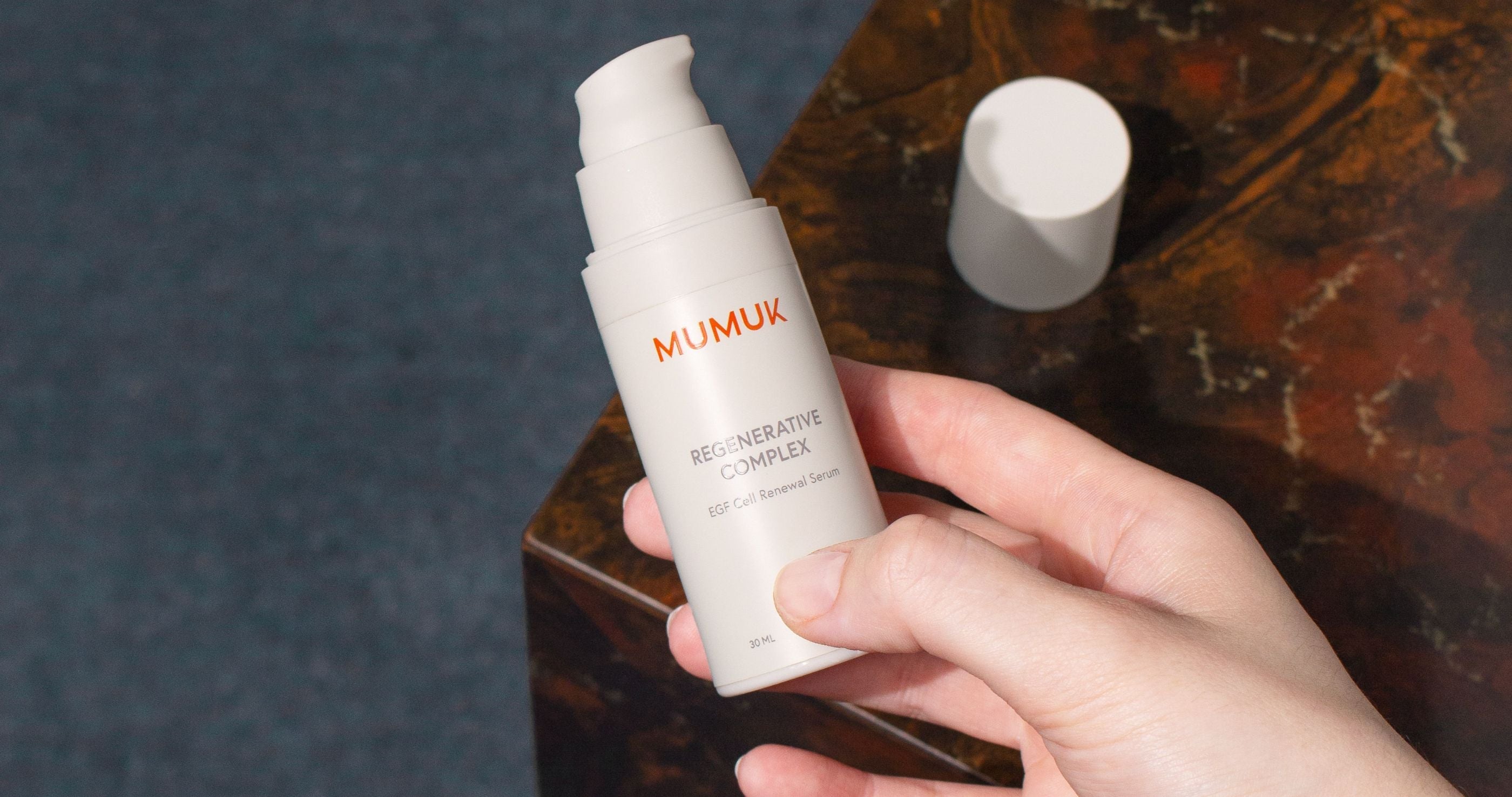
Why Is My Skin Texture So Rough? And how to smooth things over, literally.
If you’ve ever run your hand over your face and thought, “Wait… when did my skin start feeling like sandpaper?” You’re not alone. Uneven or rough texture is one of the most common skin concerns, especially as we age. But here’s the good news: texture isn’t permanent. It’s your skin’s way of asking for a little cellular renewal support. Let’s break down what’s actually going on beneath the surface and how to get that smooth, soft glow back.
What Do We Mean by “Skin Texture”?
When we talk about texture, we’re referring to how your skin feels to the touch — smooth, bumpy, flaky, or rough. Healthy skin has an even surface thanks to a balanced barrier and regular cell turnover. But when that renewal process slows down or the barrier weakens, dead skin cells, buildup, and micro-inflammation make things feel… less than silky.
Common Reasons Your Skin Feels Rough
1. Sluggish cellular renewal
As we age, skin cell turnover slows. In your 20s, it takes around 28 days for new cells to reach the surface. By your 40s or 50s, it can take nearly twice that long. That delay leads to dullness, uneven texture, and clogged pores.
2. Barrier damage
Harsh exfoliants, over-cleansing, or too many actives can compromise your skin barrier — the protective layer that locks in moisture and keeps irritants out. When it’s disrupted, skin becomes rough, dry, and sensitive.
3. Dehydration and lack of lipids
Rough skin is often thirsty skin. When your barrier can’t hold onto water (thanks to low ceramides or over-stripping), skin looks dull and feels tight or flaky.
4. Sun exposure and pollution
UV rays and environmental aggressors accelerate collagen breakdown and trigger inflammation, which can thicken or roughen skin over time.
5. Texture-specific triggers
If you notice small bumps, it could be keratosis pilaris, clogged pores, or micro-comedones, all of which benefit from gentle renewal rather than scrubbing.
How to Smooth Out Rough Texture — Without Overdoing It
Step 1: Strengthen your barrier first
Before exfoliating or using actives, make sure your barrier is healthy. Look for products with ceramides, probiotics, or fatty acids that restore balance and calm inflammation.
Step 2: Support cellular regeneration
Rough texture is often a regeneration problem, not a “dirty skin” problem. That’s where growth factors and peptides come in. They help signal new cell production, rebuild collagen, and refine skin from within, no harsh exfoliation required.
Step 3: Hydrate deeply
Choose serums and moisturizers that combine humectants (like glycerin or tremella mushroom extract) with emollients (like prickly pear seed oil) to soften and smooth.
Step 4: Go easy on exfoliation
You don’t need to scrub daily. Once or twice a week with a gentle chemical exfoliant (like lactic acid) is plenty when paired with regenerative support.
Step 5: Protect your progress
Daily SPF is non-negotiable. UV exposure undoes all that cellular renewal work faster than you can say “rough patch.”
The Regenerative Approach
At MUMUK, we believe texture issues start — and heal — at the cellular level. Our Regenerative Complex is powered by growth factors, peptides, and a fermented probiotic blend that supports collagen renewal and strengthens the barrier, without irritation. It’s clinically tested for sensitive skin and pregnancy-safe, because smoothing shouldn’t mean stripping.
With consistent use, you’ll notice softer, more even skin that feels as good as it looks.


